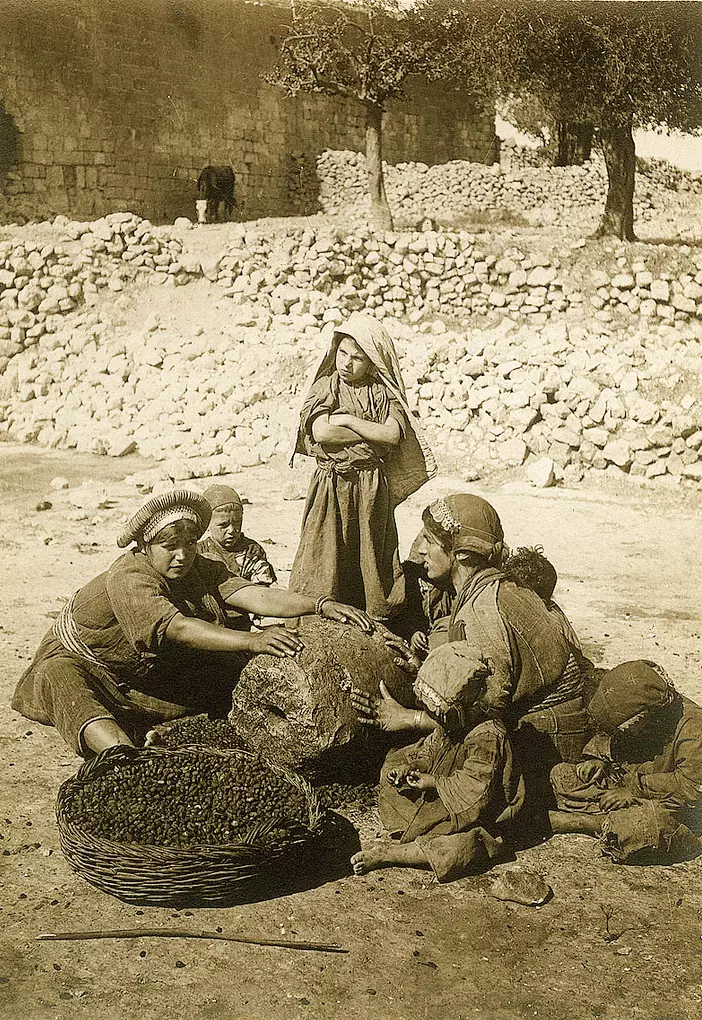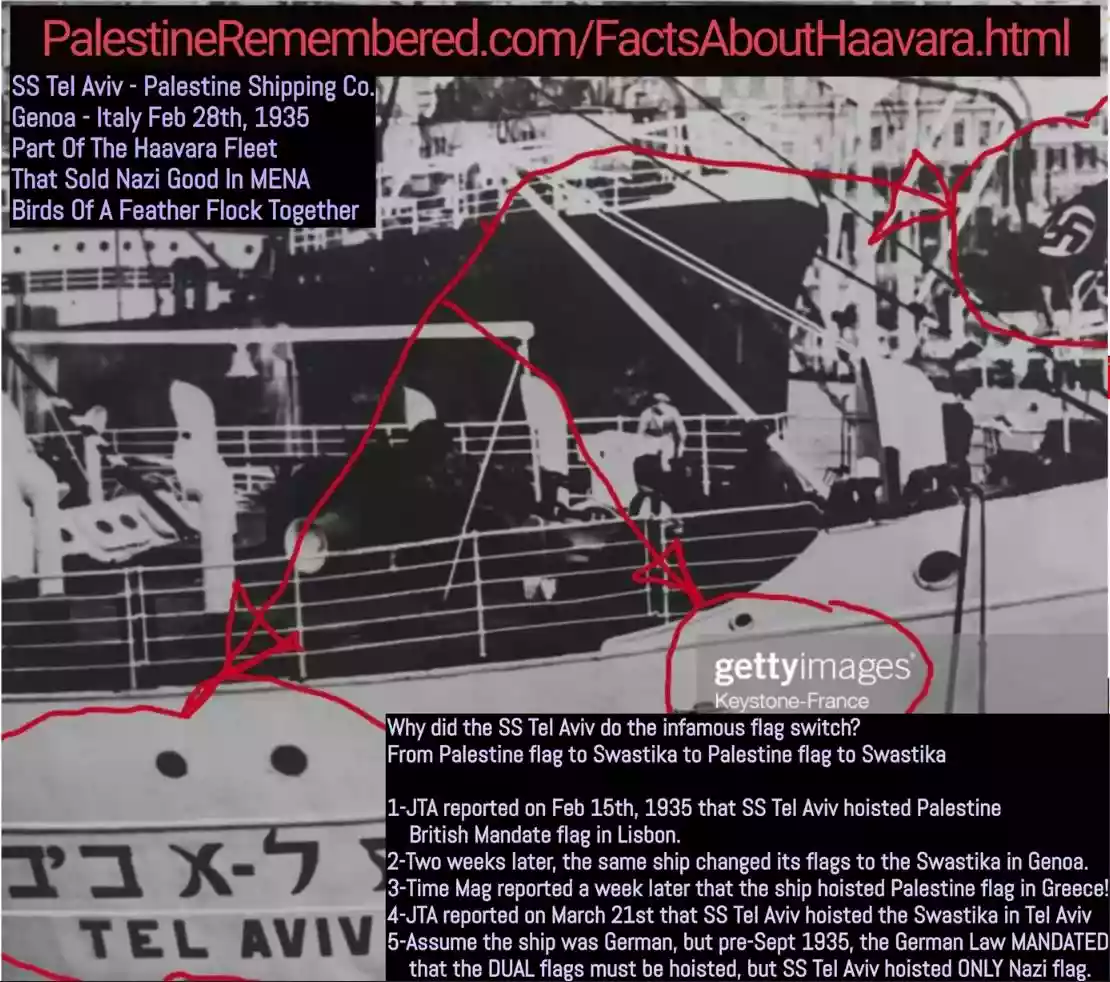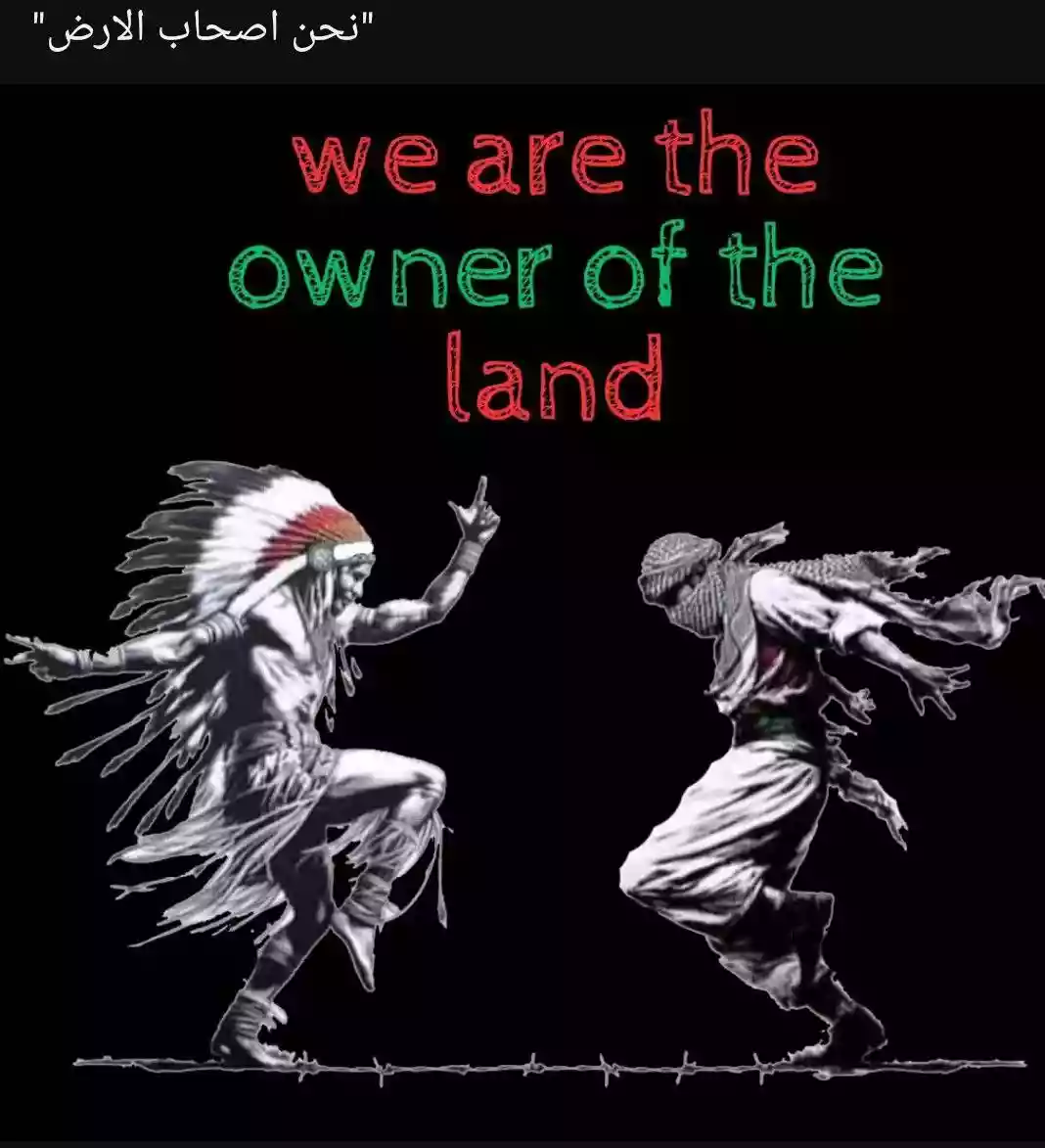| PalestineRemembered | About Us | Oral History | العربية | |
| Pictures | Zionist FAQs | Haavara | Maps | |
| Search |
| Camps |
| Districts |
| Acre |
| Baysan |
| Beersheba |
| Bethlehem |
| Gaza |
| Haifa |
| Hebron |
| Jaffa |
| Jericho |
| Jerusalem |
| Jinin |
| Nablus |
| Nazareth |
| Ramallah |
| al-Ramla |
| Safad |
| Tiberias |
| Tulkarm |
| Donate |
| Contact |
| Profile |
| Videos |



Post Your Comment
*It should be NOTED that your email address won't be shared, and all communications between members will be routed via the website's mail server.
Note the simplicity, note the peaceful life; they did not ask much but to live on their lands with dignity; with pride; I call that peace.
As you look closely, note the head-dress or Tar7a, note how the coins are hanging on the Tarha; even on the little girls on the right have some of them. I have seen so many women in al-Bira/Ramallah doing such a thing. I remember my neighbor telling me she had given some of those gold coins to the Algerian freedom in the mid 1950s who came to collect donations for their liberation movement. I have heard that from several people.
Note the stone which is meant to grind (rass) the olives; I still remember my grandmother doing the same thing for olives and grain.
This picture is priceless; many thanks again for sharing
Salah Mansour (Abu al-Sous)